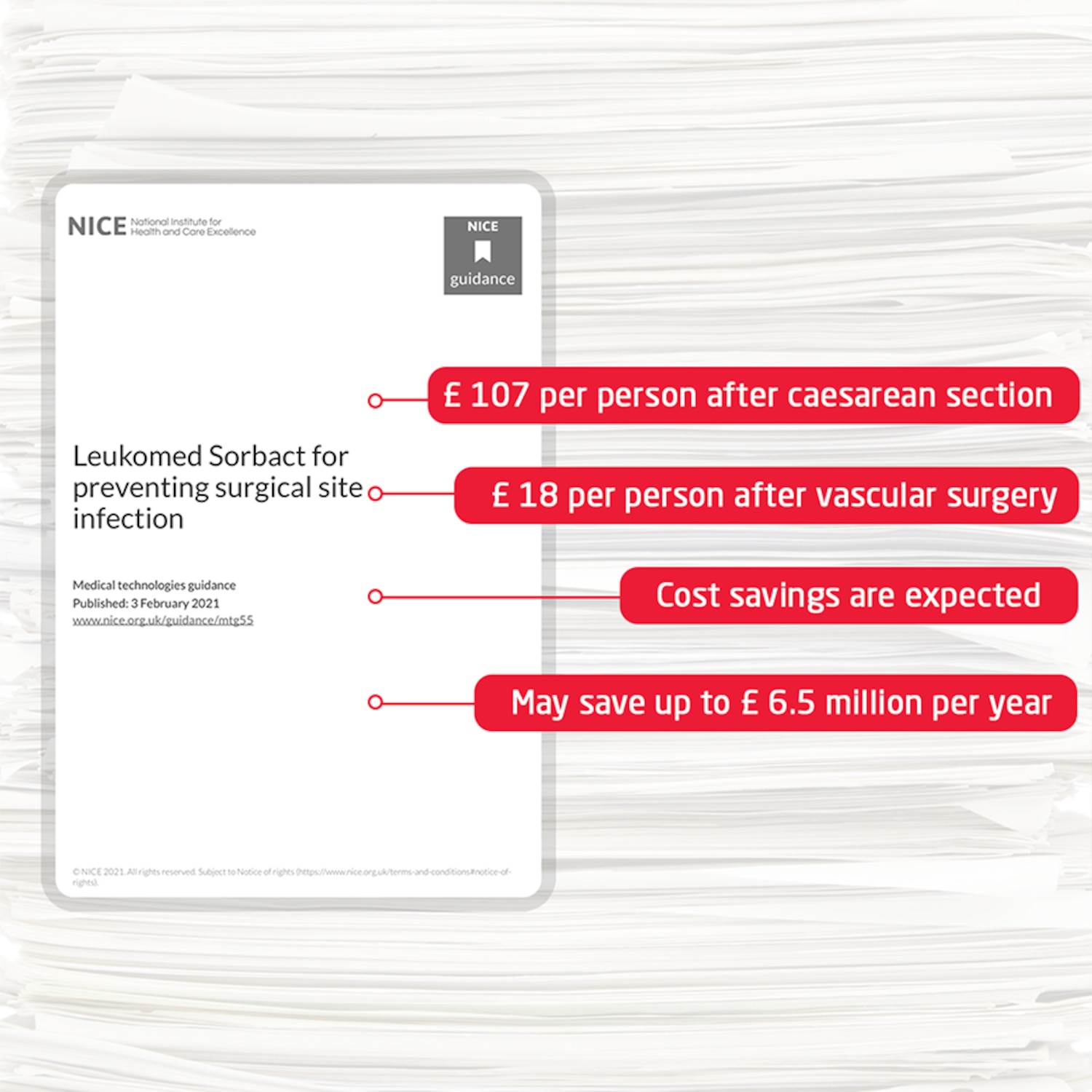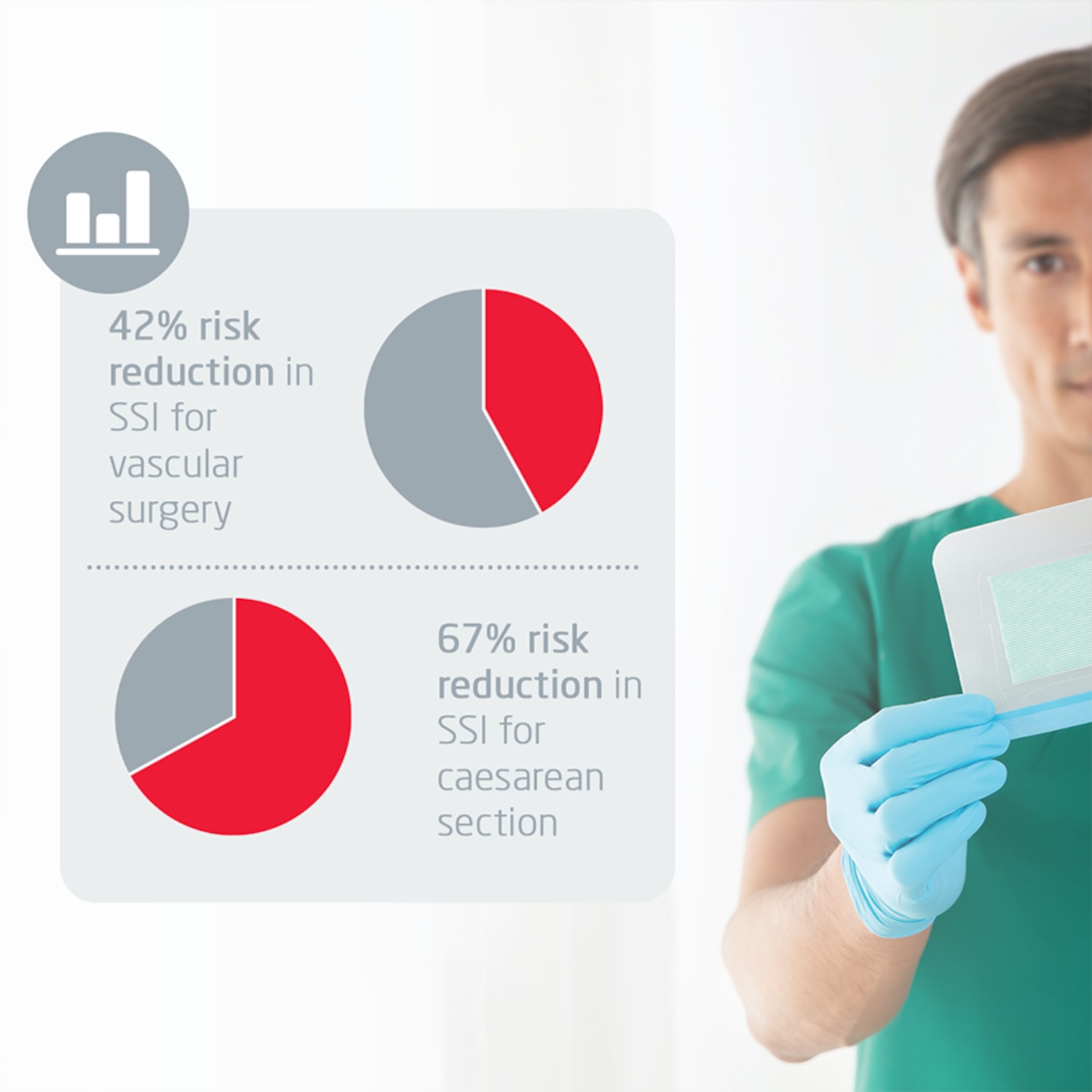1 Wounds UK (2020) Best Practice Statement: Post-operative wound care – reducing the risk of surgical site infection. Wounds UK, LondonCcc
2 Taylor L, Mills E, George S, Seckam A (2020) Reducing SSI rates for women birthing by caesarean section. J Community Nurs 34(3): 50–3
3 Jenks PJ, Laurent M, McQuarry S, Watkins R. Clinical and economic burden of surgical site infection (SSI) and predicted financial consequences of elimination of SSI from an English hospital. J Hosp Infect 2014; 86(1):24–33.
https://doi.org/10.1016/j.jhin.2013.09.012
4 NICE Resource impact report: Leukomed Sorbact for preventing surgical site infection (MTG55) (2021).
https://www.nice.org.uk/guidance/mtg55/resources/resource-impact-report-pdf-9011234413
5 Totty JP, Moss JWE, Barker E, et al. (2020) The impact of surgical site infection on hospitalisation, treatment costs, and health related quality of life after vascular surgery. Int Wound J. 2020;1–8.
https://doi.org/10.1111/iwj.
6 Stanirowski et al. (2016a). Randomized Controlled Trial Evaluating Dialkylcarbamoyl Chloride Impregnated Dressings for the Prevention of Surgical Site Infections in Adult Women Undergoing Cesarean Section. SURGICAL INFECTIONS; 17(4): 427-435
7 Stanirowski PJ., et al. (2016b). Stanirowski PJ., et al. (2016b). Dialkylcarbamoyl chloride-impregnated dressing for the prevention of surgical site infection in women undergoing cesarean section: a pilot studyArch Med Sci 2016;12(5): 1036–1042Arch Med Sci 2016;12(5): 1036–1042
8 Bua. N et al. 2017 Dialkylcarbamoyl Chloride (DACC) Dressings in the Prevention of Surgical Site Infections After Non-implant Vascular Surgery: Annals of Vascular Surgery; 44: 387–392
dx.doi.org/10.1016/j.avsg.2017.03.198 2017 Elsevier Inc. All rights reserved. Manuscript received: October 11, 2016; manuscript accepted: March 28, 2017; published online: 5 May 2017
9 Totty, J et al. (2019) Int Wound J. 2019;1–8.






